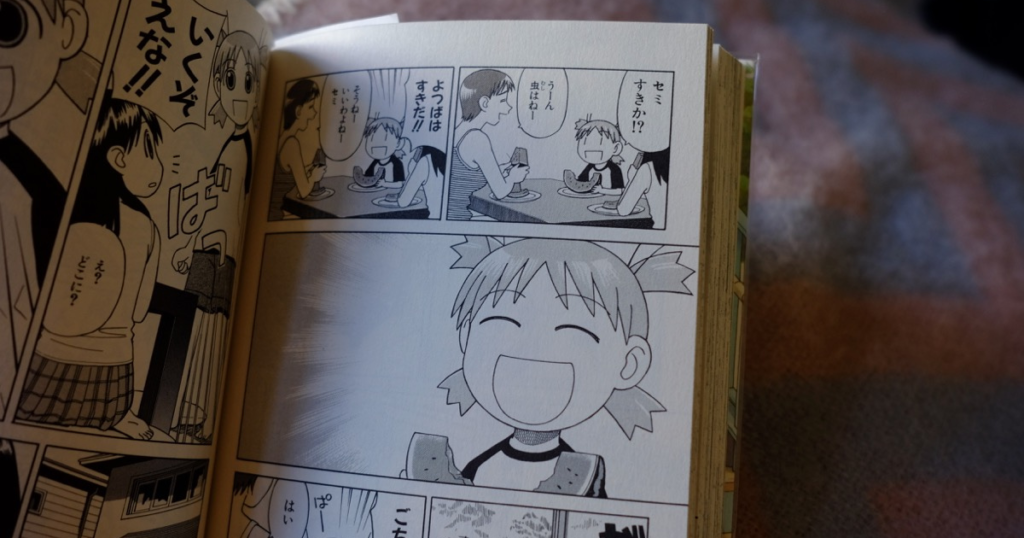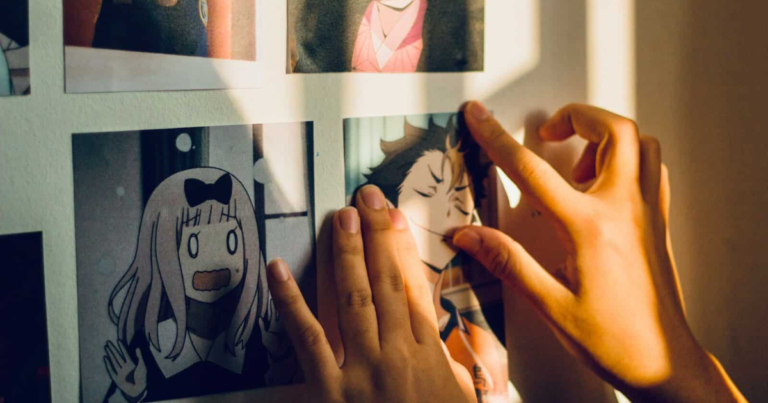Manga is more than just a form of entertainment; it’s a cultural phenomenon deeply embedded in Japanese history. For beginners, reading manga can feel slightly intimidating, especially due to its unique format and structure. But once you get the hang of it, you’ll uncover a world filled with imaginative stories, dynamic artwork, and a rich culture unlike any other.
Whether you’re a complete beginner or looking to explore manga further, this guide will walk you through everything you need to know about how to read Japanese manga properly.
Table of Contents
What is Manga?
Manga refers to Japanese comic books or graphic novels, typically serialised in black and white. While anime (Japanese animated shows) has garnered widespread popularity, manga is where many of these beloved stories originate.
Manga spans countless genres, including action, romance, fantasy, horror, and slice-of-life. Some genres are quite niche, such as shonen (targeted at young boys) and shojo (targeted at young girls), while others cater to adults, like seinen (adult men) or josei (adult women).
The unique right-to-left reading order, various art styles, and deep cultural references make manga reading an exciting experience for enthusiasts from all over the world.
How to Start Reading Manga

Learning how to read Japanese manga may seem tricky at first—mainly because it works differently than Western comics. However, a few simple steps can help you get started.
1. Understand Manga’s Reading Direction
Unlike English books and comics, manga is read from right to left. Here’s how you should progress:
- Start at the upper-right corner of the page and proceed to the left.
- Move down to the next row of panels, maintaining the same right-to-left flow.
- Dialogues within speech bubbles also follow a right-to-left order.
This reversed format might feel unusual initially but becomes second nature with practice.
2. Know the Manga Panel Structure
Manga is known for its creative panel layouts, where panels can vary widely in size and shape. Here’s how to make sense of it:
- Start reading the panel on the top-right.
- Progress to the panel immediately to its left before moving to the row beneath it.
- Note that some panels with dramatic moments might take up the entire page or spread across a double page.
Understanding panel flow ensures you don’t miss out on key elements of the story.
3. Familiarize Yourself with Manga Genres
Manga caters to various tastes and interests. Here’s a quick overview of some popular genres:
| Genre | Target Audience | Themes |
|---|---|---|
| Shonen | Young Boys | Action, adventure, friendships (e.g., Naruto) |
| Shojo | Young Girls | Romance, relationships, emotions (e.g., Fruits Basket) |
| Seinen | Adult Men | Mature themes, complex stories (e.g., Berserk) |
| Josei | Adult Women | Romance, slice-of-life (e.g., Paradise Kiss) |
| Kodomo | Children | Simple narratives, fun stories (e.g., Doraemon) |
Choose a genre that resonates with your interests to get the best introduction to manga.
4. Start with Popular Beginner-Friendly Series
Not sure which manga to pick up first? Here are a few beginner-friendly recommendations:
- Naruto or One Piece for action-packed adventures.
- Attack on Titan for a thrilling, post-apocalyptic storyline.
- My Hero Academia for fans of superheroes.
- Death Note for those who love suspense and psychological twists.
- Sailor Moon or Fruits Basket for romantic and magical vibes.
These series often have engaging storylines and accessible themes, making them a great start for new readers.
5. Get Your Hands on Manga
There are various ways to access manga:
- Physical Copies: Visit local bookshops or comic shops, which often carry manga volumes.
- Digital Manga: Platforms like ComiXology, Manga Plus, and Crunchyroll offer digital copies.
- Manga Magazines: Explore popular collections like Weekly Shonen Jump, which compile chapters of ongoing manga.
Explore whichever format works best for you—each has its merits.
6. Don’t Overlook the Cultural Nuances
Manga often incorporates unique Japanese cultural contexts, traditions, and even language-specific humour. References to local festivals, foods, or folklore are common. Over time, this not only improves your reading skills but also deepens your understanding of Japanese culture.
For non-Japanese readers, translations and footnotes usually provide explanations to bridge any cultural gaps.
Why Should You Read Manga?
Reading manga is about more than just indulging in exciting stories—it’s an experience with various benefits.
- Art Appreciation: Manga drawing styles are unique and highly creative, offering aesthetic pleasure.
- Language Practice (if learning Japanese): Manga is a fun, practical way to get familiar with conversational Japanese.
- Stress Relief: Immersing yourself in compelling manga can be a great stress buster.
- Cultural Exploration: Understand the fascinating nuances of Japanese customs and day-to-day life.
Frequently Asked Questions (FAQs)
1. Can I start with any manga series?
While you can start with any manga that piques your interest, beginners might find certain genres or series easier to follow. Series like Dragon Ball or Slam Dunk have simple, engaging plots.
2. Do I need to learn Japanese to enjoy manga?
No, English translations are widely available. However, learning a few Japanese phrases or cultural references can make the experience richer.
3. Can I read manga online for free?
Yes, legal online platforms like Manga Plus and Crunchyroll offer access to free chapters of ongoing manga. Be cautious of pirated platforms, as they harm the creators.
4. What’s the difference between anime and manga?
Anime refers to Japanese animated shows, often adaptations of manga, whereas manga is the comic/graphic novel format. Manga gives you more detail and is often the source material for anime.
5. How do I store my manga collection?
Store manga in a cool, dry place to prevent damage. Use bookshelves with dividers to keep them upright and organised.
Final Thoughts on Manga Reading
Reading manga is an enriching hobby—one that combines visual storytelling with cultural immersion. By understanding its format and exploring its diverse genres, you’ll enter a universe brimming with creativity and emotion.
Now that you know how to read Japanese manga, why not pick up your first series today? Take your time, choose a genre that excites you, and enjoy the wonder of manga—one panel at a time!
